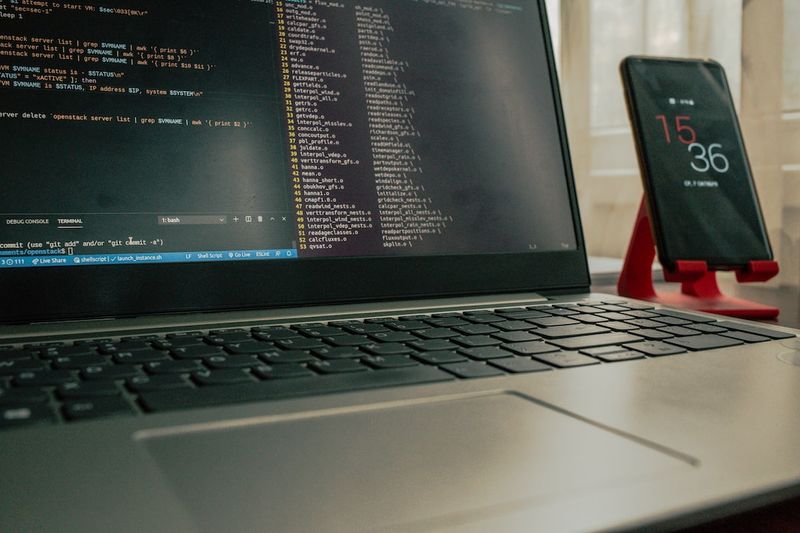Heading: Defending Against Credential Phishing: Protecting Your Business from Cybercriminals
Introduction:
In today’s digital age, businesses are constantly at risk of cyber threats. One of the most prevalent and dangerous cyberattacks is credential phishing. Cybercriminals employ sophisticated techniques to exploit human vulnerabilities and obtain sensitive data, posing a significant threat to organizations. To mitigate this risk, businesses must be proactive in implementing robust cybersecurity measures and educating employees about the dangers of credential phishing.
Understanding Credential Phishing:
Credential phishing is a tactic often used by cybercriminals to steal individuals’ login credentials, financial information, or other sensitive data. This method typically involves sending deceptive emails or messages that impersonate legitimate organizations or individuals. These messages lure unsuspecting individuals into clicking on malicious links or providing their credentials by mimicking legitimate login pages.
The Rise of Credential Phishing Attacks
In recent years, credential phishing attacks have become increasingly prevalent and sophisticated. Cybercriminals employ various strategies, including creating convincing email addresses, spoofing legitimate websites, and using social engineering tactics to manipulate individuals into disclosing their credentials.
The Impact on Businesses:
Credential phishing poses a significant threat to businesses as it often leads to data breaches, financial losses, and reputational damage. Once cybercriminals obtain login credentials, they can gain unauthorized access to critical systems, compromise sensitive data, launch ransomware attacks, or even commit identity theft. These consequences can have far-reaching repercussions for organizations, leading to financial hardships and the loss of customer trust.
Defending Against Credential Phishing:
1. Robust Email Security Measures:
Implementing strong email security measures is vital to protect against credential phishing attacks. Organizations should invest in email filters to block suspicious emails, enable email authentication protocols like Sender Policy Framework (SPF), DomainKeys Identified Mail (DKIM), and Domain-based Message Authentication, Reporting, and Conformance (DMARC). Furthermore, regularly updating email encryption systems and training employees to identify phishing indicators in messages can help mitigate the threat.
2. Employee Education and Awareness:
Employees are often the weakest link when it comes to cybersecurity. Businesses must conduct regular awareness training to educate employees about the latest credential phishing techniques and how to recognize and report suspicious emails or messages. By promoting a culture of vigilance and providing clear instructions on handling potential phishing attempts, organizations can strengthen their defense.
3. Multi-Factor Authentication (MFA):
Implementing MFA adds an extra layer of security to login systems. By requiring users to provide additional proof of their identity, such as a one-time password or biometric authentication, even if cybercriminals obtain login credentials, they will be unable to gain unauthorized access without the second factor. This simple yet effective measure is highly recommended to protect critical systems and sensitive data.
4. Regular Software Updates and Patching:
Ensuring that all software, including operating systems, web browsers, and plugins, is up to date is crucial. Cybercriminals often exploit vulnerabilities present in outdated software to deliver phishing attacks. Regularly applying security patches and updates minimizes the risk of such exploits and strengthens your defense against credential phishing attacks.
5. Incident Response Plan:
Developing a comprehensive incident response plan is essential for businesses to effectively handle credential phishing attacks. This plan should include steps to quickly identify and isolate compromised systems, notify appropriate stakeholders, and restore normal operations. Regularly testing the incident response plan through simulations or tabletop exercises will ensure preparedness and minimize the impact of potential attacks.
Conclusion:
Defending against credential phishing requires a comprehensive approach that combines technical measures, employee education, and proactive security practices. By investing in robust email security, educating employees, implementing multi-factor authentication, staying updated with software patches, and having a well-defined incident response plan, businesses can significantly reduce the risk of falling victim to cybercriminals. As the threat landscape continues to evolve, organizations must remain vigilant and adapt their defenses to ensure the security of their sensitive information and protect their reputation.

<< photo by Dan Nelson >>
The image is for illustrative purposes only and does not depict the actual situation.
You might want to read !
- Unveiling the Exploitation of Ivanti Sentry Zero-Day: Confirming the Vulnerability
- Under Attack: Malicious npm Packages Exploit Roblox Game Developers
- The Hidden Dangers: Unveiling the Security Risks of Browser Extensions
- Unveiling the Threat: Malicious npm Packages Threaten Roblox Game Developers
- Adobe Patches Critical Deserialization Vulnerability, but Exploits Persist
- Forescout Joins Forces with Microsoft Sentinel: Strengthening Cybersecurity Integration to Combat Threats
- Software Makers Under Scrutiny: Exploring the Potential for Increased Liability in the Aftermath of MOVEit Lawsuit




